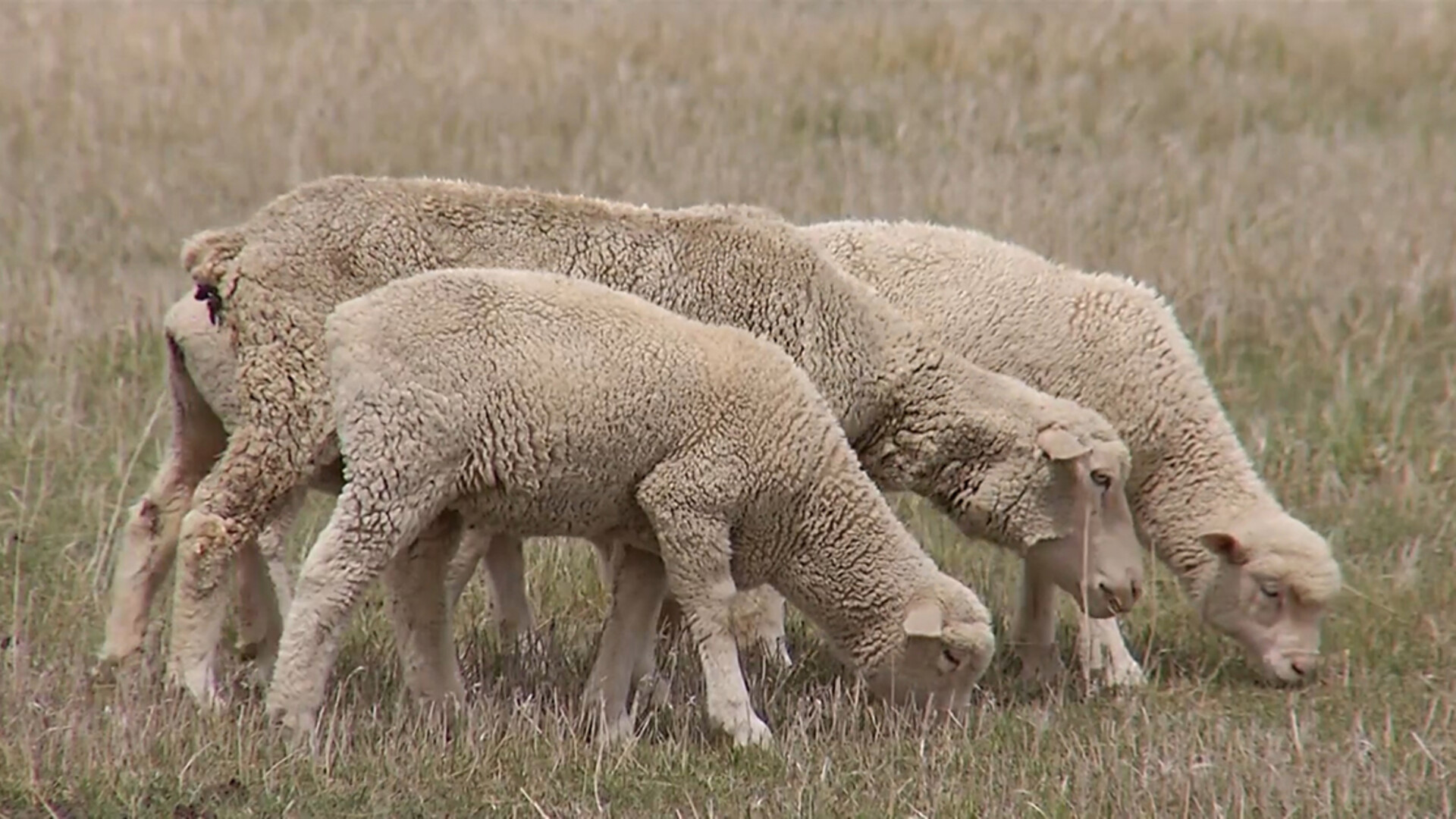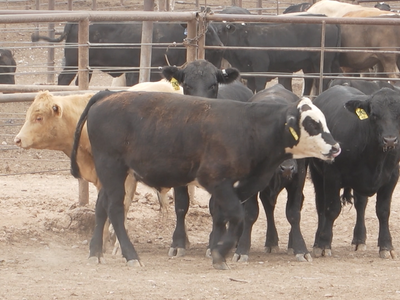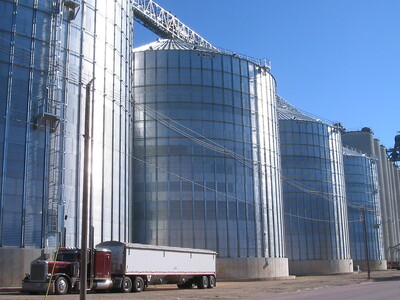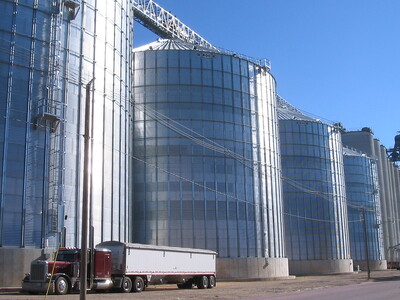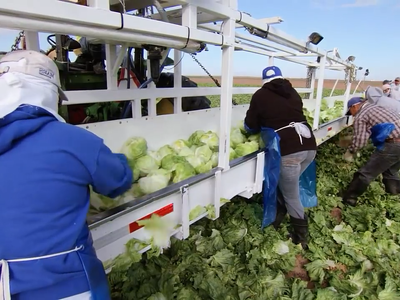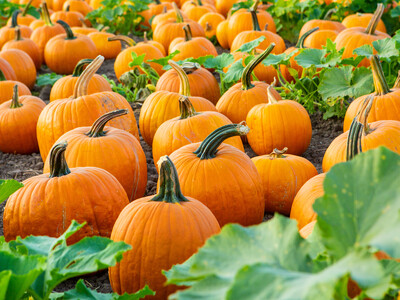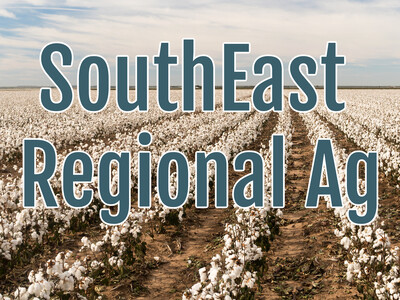April Lamb Market Report Reflects First Quarter Data
The American Lamb Board and the American Sheep Industry Association have released the April market summary report aimed at delivering timely and useful information for American lamb producers. The report summarizes lamb supplies, prices, trade, retail trends and more for the first quarter of 2023.
Inflationary Environment Lingers
Consumers are still coping with an inflationary environment as retail food prices were 20 to 25 percent higher in the first quarter than in 2020. However, food inflation seems to moderate each month and wholesale and retail lamb prices are declining relative to last year. While consumers are still buying lamb, they are getting less for their dollar due to elevated prices, which is limiting their willingness to pay higher prices and increase their purchase volumes.
Lamb Supply in Better Position
Compared to last year, the industry is in a better position on the supply side of the market. Lamb and yearling slaughter in the first quarter was 11 percent higher than a year ago, but slaughter levels were smaller in 2022 due to increasing numbers of lambs on-feed. Lighter weights have offset the larger numbers, with production only 7 percent higher in the first quarter. Based on weekly data for April, lamb and yearling slaughter is down about 2 percent with a greater decline in production due to lighter dressed weights. Data shows May 1 with the smallest on-feed numbers since August as those seasonally decline and the smallest May on-feed number since 2010.
Imports Lower in First Quarter
In the first quarter, lamb imports were 9 percent lower than in 2022. Import volumes from both Australia and New Zealand were also below a year ago for the first quarter, down 7 percent and 13 percent, respectively. According to Meat Livestock Australia, lamb exports to the United States saw declines in April.
Retail Features Lamb for Spring Holidays
Consumers continue to adapt to higher meat prices and inflationary pressures by opting for more value-based channels, trading down to lower priced products and brands, and taking advantage of sales. Spending for food at home remains higher than pre-pandemic levels as many people continue to work from home, a change that looks to remain in the post-pandemic environment.
As expected, the number of retail store circulars that featured lamb in April increased relative to prior months for the spring holidays. According to the U.S. Department of Agriculture’s Agricultural Marketing Service retail featuring report, about 14 percent of retail store circulars featured lamb in April with 20 percent featuring the week leading to Easter. The average price of all lamb cuts published in the retail featuring report continues to decline, with the April average at just over $8 per pound versus nearly $10 per pound a year ago.
Looking Ahead
Consumer trends and economic indicators are still hinting at an impending recession this year. The severity of the economic slowdown will determine how much consumer demand for lamb could be affected as evidenced in past recessions. The Livestock Marketing Information Center expects feeder and slaughter lamb prices to improve through the remainder of 2023, with annual prices on average about 20 to 25 percent lower than in 2022.
“Overall price inflation, labor challenges and economic downturn create more pressure for the U.S. lamb industry,” said Peter Camino, ALB chairman. “Increasing the value of American lamb for all segments contributing to the American Lamb Checkoff remains our mission.”
Funded through the national American Lamb Checkoff, ALB invests the industry’s valuable resources to foster profitability and create opportunities for all sectors involved in producing American lamb. All segments of the American lamb industry contribute to building the demand for American lamb through mandatory checkoff payments. Unlike other U.S. livestock checkoffs, funding is only collected from domestic lamb, not imported lamb. This allows ALB to focus all of its efforts on increasing demand for American lamb.
Click Here for more information about ALB and the American Lamb Checkoff.
Source: ALB


